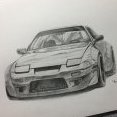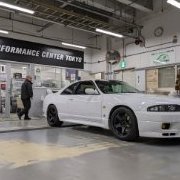Diy: Replacing Pads And Rotors On D2/g4/attkd Etc 8 Piston Brakes
Announcements
-
Similar Content
-
Latest Posts
-
Not the same thing, in case you were confused. The "wire" he spoke of is the heated wire, which is the sensing element inside the AFM.
-
In which case it hardly matters either (and there's got to be no way that anyone would want to stick with the factory blue, because it is goddamn yawntastic).
-
By Igotnothin · Posted
So I ordered a new MAF it could be a charcoal canister I've checked the wire and I don't see any oil on it but would it be wise to replace the wire harness too for it or just wait till I get the new one and see if the issues pop up again? -
Surely after 35 years you need to match the existing colour rather than painting factory, unless you are going to do the full car






Recommended Posts
Create an account or sign in to comment
You need to be a member in order to leave a comment
Create an account
Sign up for a new account in our community. It's easy!
Register a new accountSign in
Already have an account? Sign in here.
Sign In Now